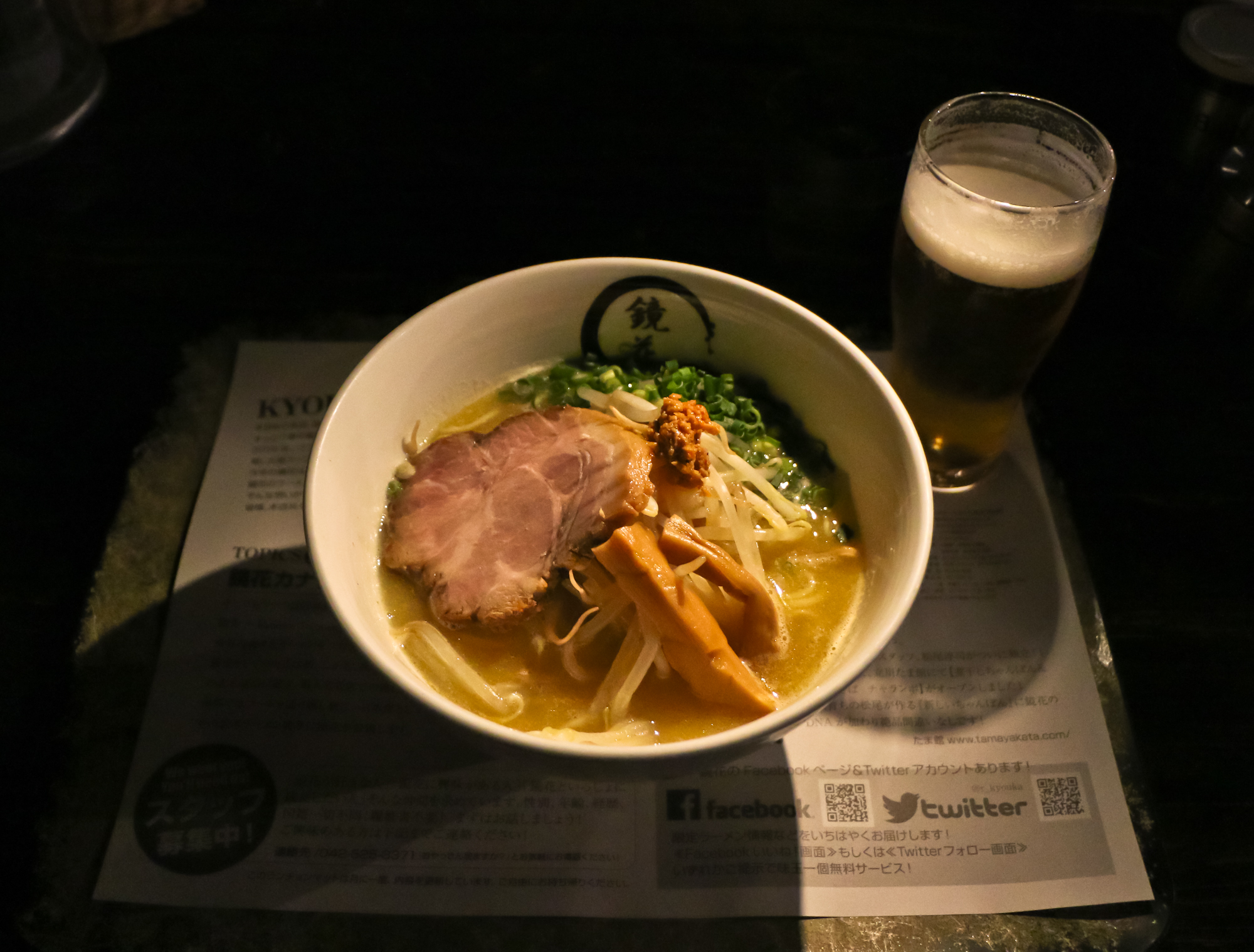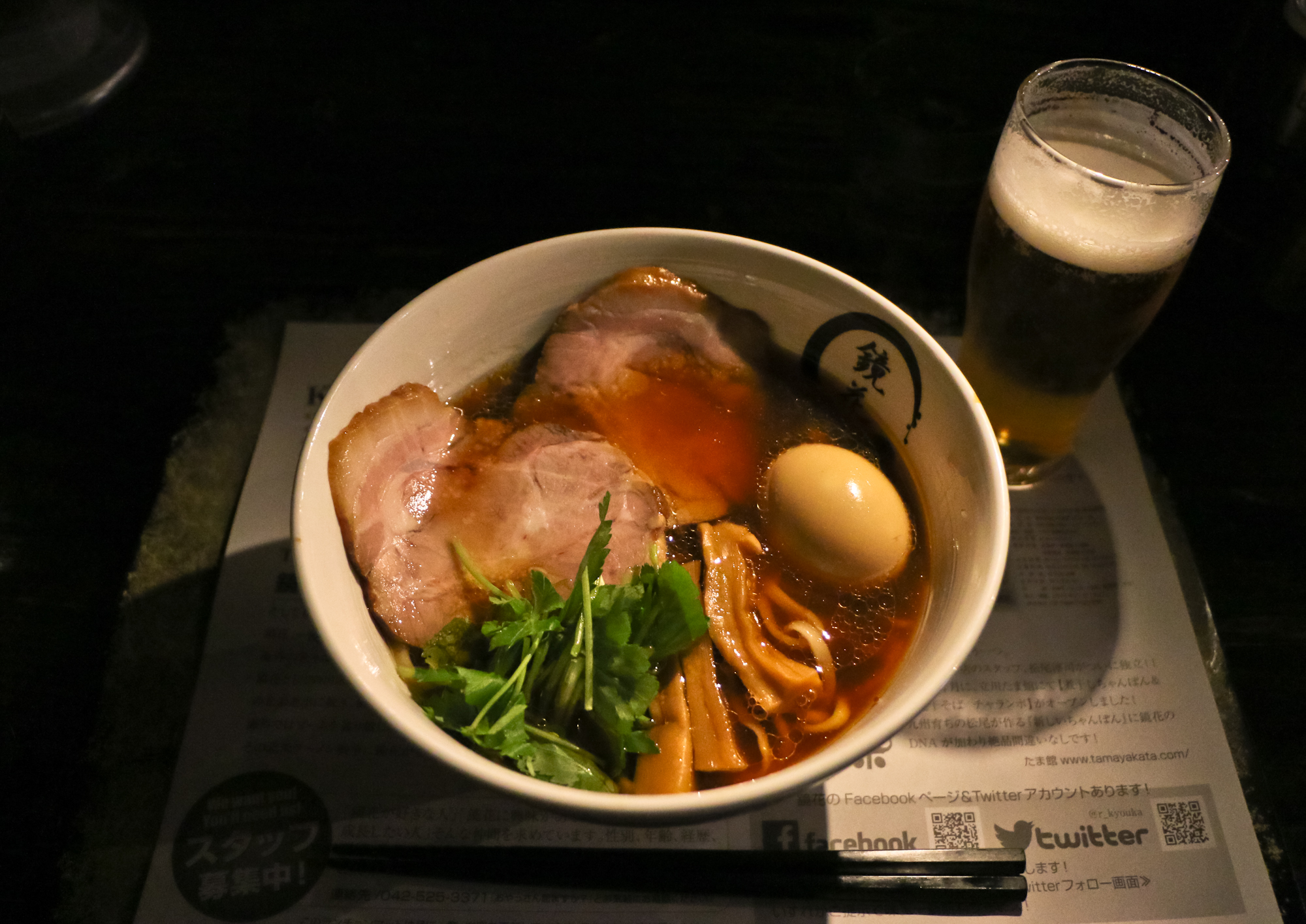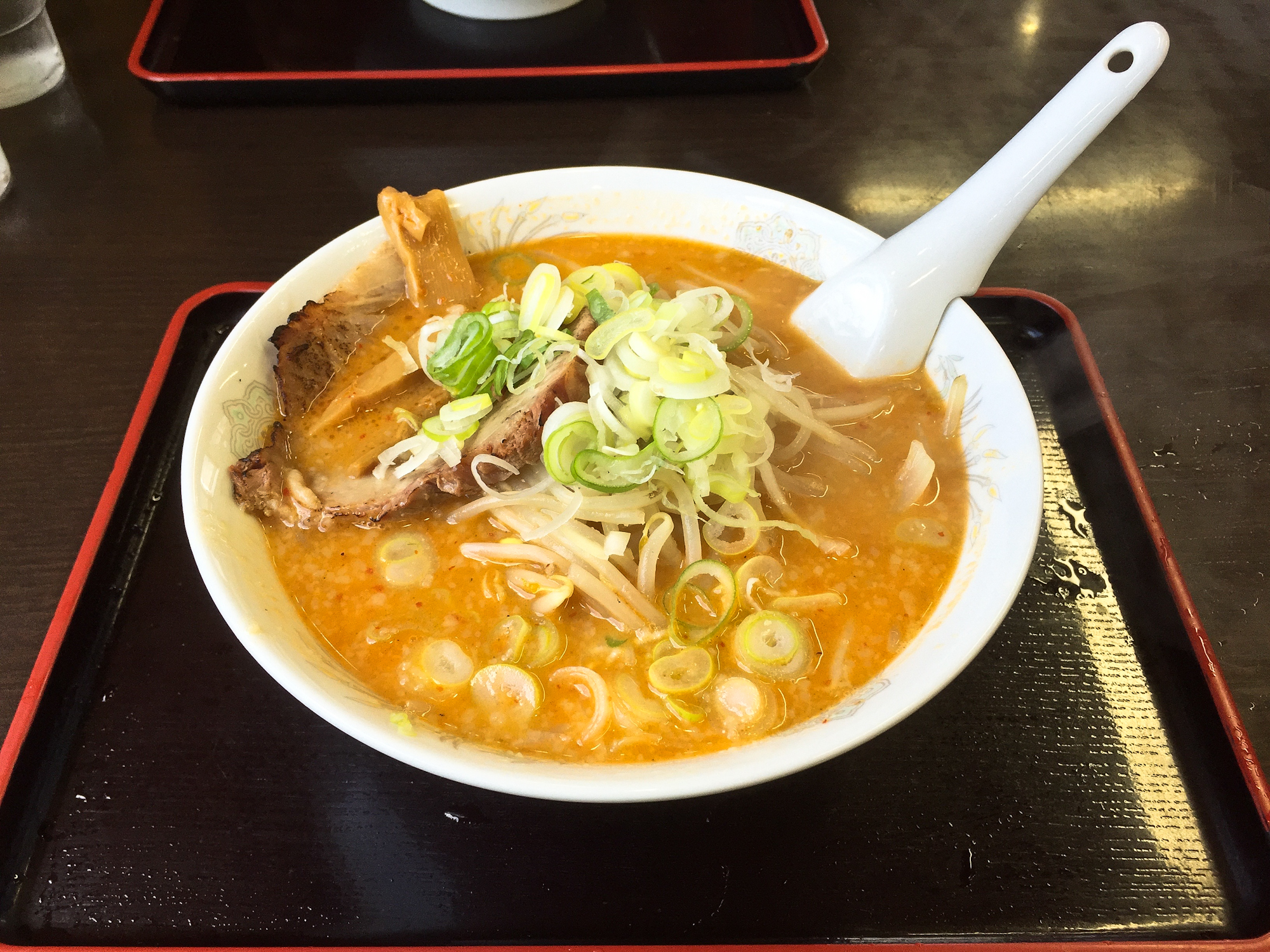After a decade in the law, I am thoroughly disabused of the notion--you've heard it! you've thought it!-- that a person can do "anything" with a law degree. If this statement isn't entirely false, it's a an obscenely gross exaggeration. In the law, specialization is the rule, and it's a process that begins early in a lawyer's career. You leave law school, you start doing litigation, and pretty soon you're eternally branded as a "litigator." Same thing if you start off as a patent lawyer, or a corporate transactional lawyer, or a regulatory lawyer.
Success in the Legal Profession: Build Yourself a Very Small Box and Work Your Ass Off
And this is just the beginning. Over time, you'll be shunted into ever narrower sub-specialties if you want to go anywhere professionally. You, too, can spend every day doing insurance coverage litigation for insurance company clients! And when you're ready for a change, you can go in-house and manage insurance litigation for one of those clients. Dream. Fulfilled. A while back, I asked a few lawyer friends if they thought "you can do anything with a law degree." One laughed, one scoffed, and one hung her head.
In the modern legal economy, years of experience in some niche area are what get a lawyer hired. The attorney is often viewed as nothing more than a sum of the boxes he's checked multiplied by the number of times he's checked them. So even though you probably could do a lot of things with your law degree if given the chance--you're smart, you're motivated, you're more than sufficiently type-A--that chance is hard to come by. Not without knowing exactly where you want to go ahead of time, and hustling for it pretty relentlessly. If you want to do something different from what you've done, you're going to sacrifice something to it make it happen. Money, responsibility, time, your Eternal Salvation, whatever it is. If you want to make a move out of the law altogether, god help you (read great Slate pieces on this here and here).
Sandy Cohen seemed to have a satisfying career with a law degree. But do you really need to chase clients or even show up to work when you're independently wealthy? Shit, I'd put up with Caleb Nichol as a father-in-law for that kind of freedom.
But Wait, I Can Do Other Things. Pretty Well, Actually.
So that's all sort of unfortunate, at least if you thought you'd have some special leg up as a lawyer, but then realized the law is just like every other job, and that a JD affords a lot less professional mobility than does an MBA. But this isn't the end of the story. There's a distinction between the practice of law and being a lawyer. It's the practice, the working profession, that enforces specialization, putting its practitioners into ever narrower and deeper boxes. Being a lawyer is different. Lawyering to me is a skill set, an ability to identify complicated rules and apply them to facts. Lawyering is about spotting problems and and solving them. Being reasoned, exercising judgment.
Well, guess what? It doesn't get much more general than doing things like following "rules" and exercising "judgment." These things are kind of elemental to most jobs. And the other thing lawyers are really good at is adapting to new sets of facts and new sets of rules; they can handle steep learning curves. Not necessarily shitty lawyers or the narrow-minded ones, mind you, and those are legion. Note: This last point shouldn't be terribly surprising, given the vast waves of lawyers pumped out of America's cash cow law schools every year, having learned little more than how to study for the bar exam (which exam, by the way, tests little more than rote memorization of arcane rules, in the form of an epic and totally pointless professional hazing ritual).
You Really Can Do Anything With a Law Degree! California Pizza Kitchen founders with miscellaneous notables.
Start a Company: You Might See Value in Your Law Degree
Here's why this is all important, and why I'm writing about it here at Ramen Chemistry. I've never organized a business before, or even had a business-type job. This is new territory in so many ways. But at the same time, it feels familiar and and I feel well equipped to do it, due in good measure to those lawyering skills. Starting a business is all about handling tons of diverse things you haven't done before; identifying what you need to do, and gathering enough information to get it done effectively.
The other key thing is that lawyers are trained to deal with government agencies, navigate procedural bureaucracies, and interpret contracts. And what do you think a lot of organizing and running a business is? My first task ten months ago was to study basic corporate structures and pick which one fit best with Shiba Ramen's business goals. Then I formed the Shiba Ramen Corporation with the California Secretary of State, set up its board of directors, wrote its bylaws, issued stock, and drafted a shareholder agreement, filed for federal S-corporation tax status, applied for a federal trademark and a state alcohol license, negotiated a commercial lease, and reviewed commercial liability insurance policies. Among other things.
I've decided to do this basic legal work myself, not only because I think I should be able to, but because I want to make sure that I can. By doing it myself I learn about all sorts of subtle factors that influence my business. That helps me make important decisions as I put all of the pieces together to make this enterprise happen. And it puts me in a better position to manage outside attorneys if and when Shiba Ramen becomes a bigger company and my do-it-yourself approach to legal work ceases to be practical (or smart for the company).
Now, here's the final thing. None of the lawyer tasks I mentioned is beyond most people; the problem is that some definitely require access to specialized knowledge. But most of this information is readily available on the web, and none of these tasks actually requires a lawyer. They take place at the interface of law and basic business. Objectively, we're not talking about anything too much more complicated than filling out taxes or applying for a mortgage.
Legal Stuff. Starting a small company involves lots of basic tasks that are often performed by lawyers.
Ramen Chemistry is going to do a series laying out in plain English the lawyery things that have to be done every time a business starts, whether it's a ramen restaurant or any other small startup. Like I said, some of this stuff can get complicated, but it's not the Higgs Boson for god's sake. Most people will--and most should--hire lawyers for at least some of these things. The goal here is to provide a resource for people seeking practical knowledge to get them through the process, and to help them know when they need a lawyer and how to be an informed client. The other goal is to send a message to all the disaffected lawyers out there. You can do anything with your law degree, as long as you don't expect some employer to look at your JD and roll out the red carpet for you. You've got to be willing to do it yourself. No doubt you can.
I'll unroll this series over time, in no set order. Obviously it's not as interesting to read (or write) about as ramen, culture, or design. Or Japanese "maid cafes," for that matter (upcoming topic!). I don't want to bore you unless you want to be bored! This stuff is for people with a particular interest.






































